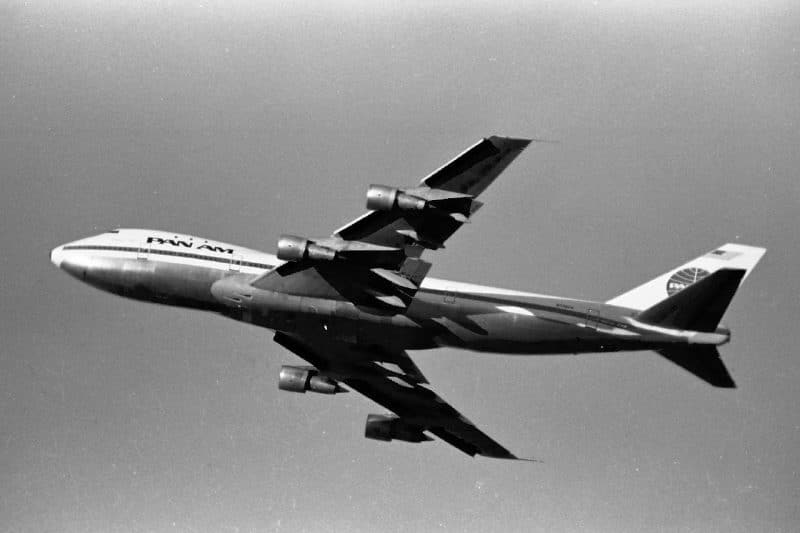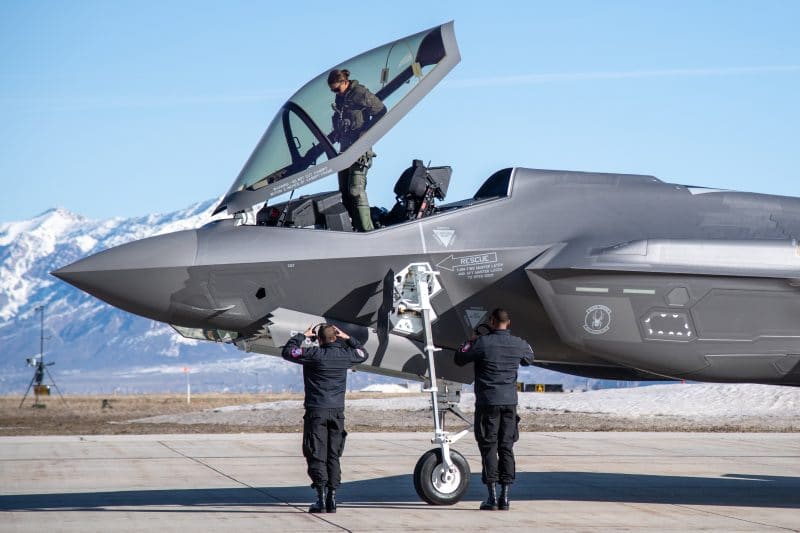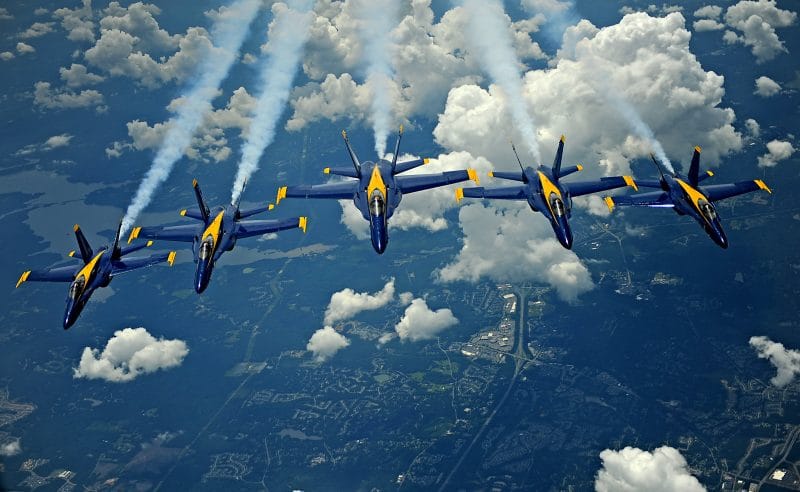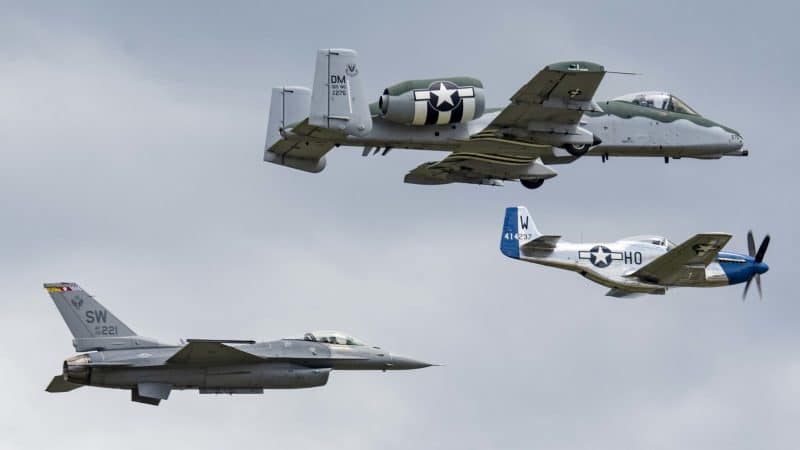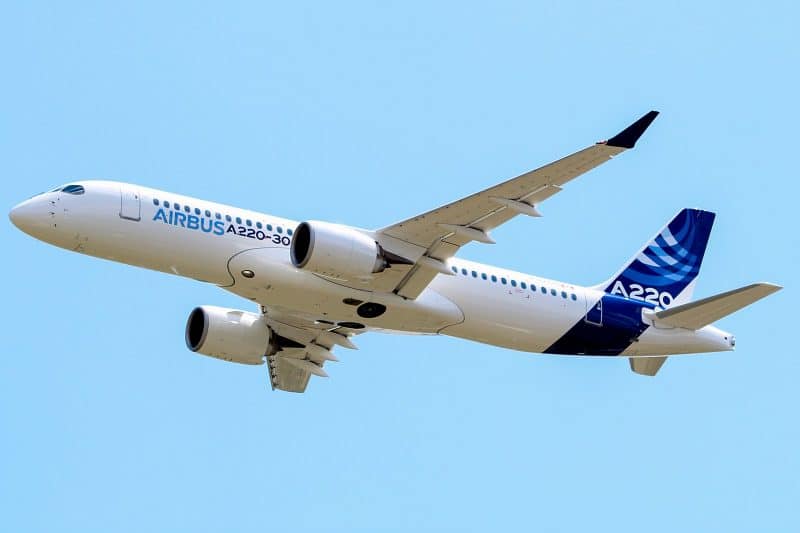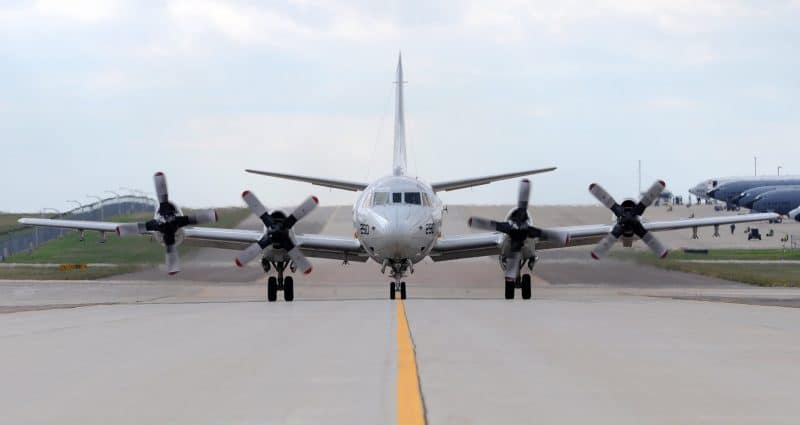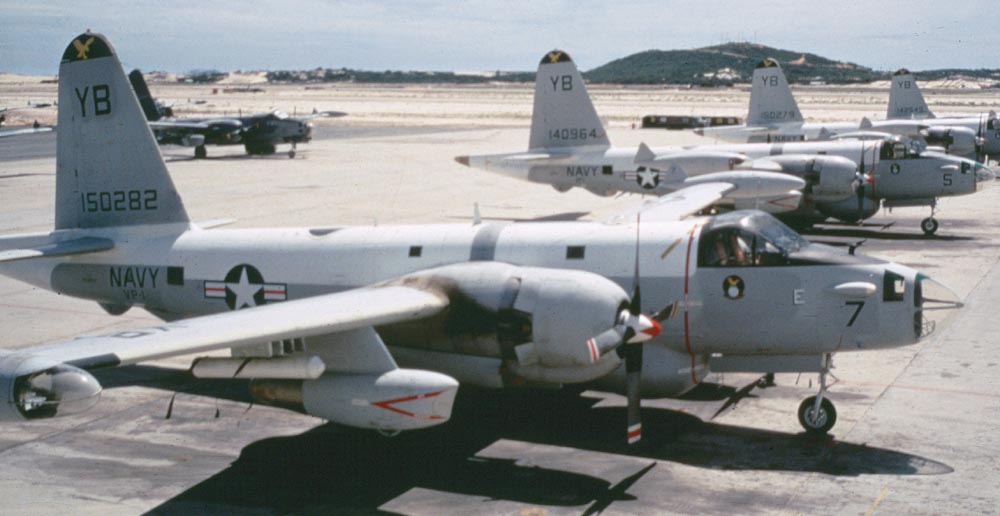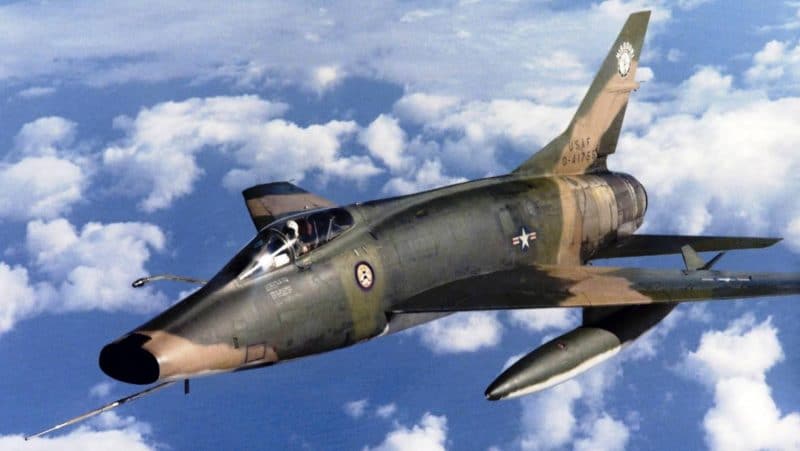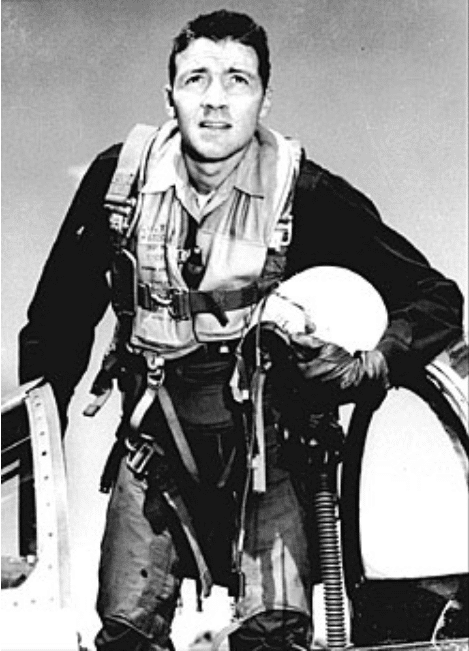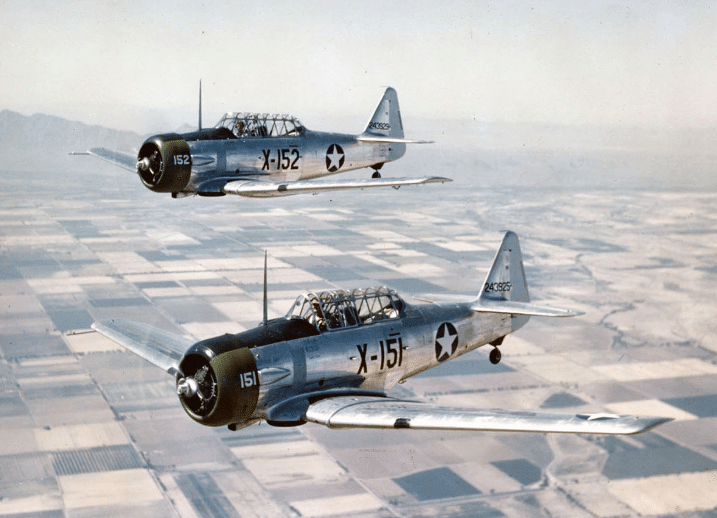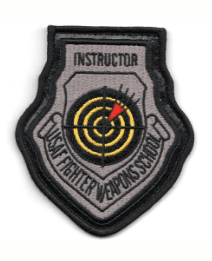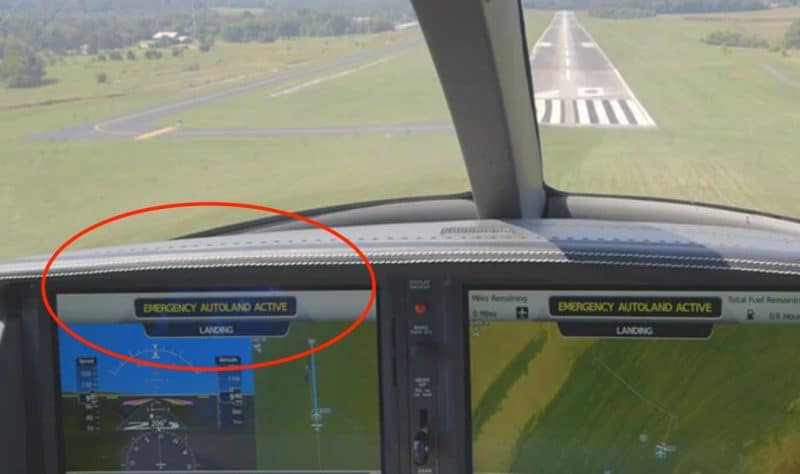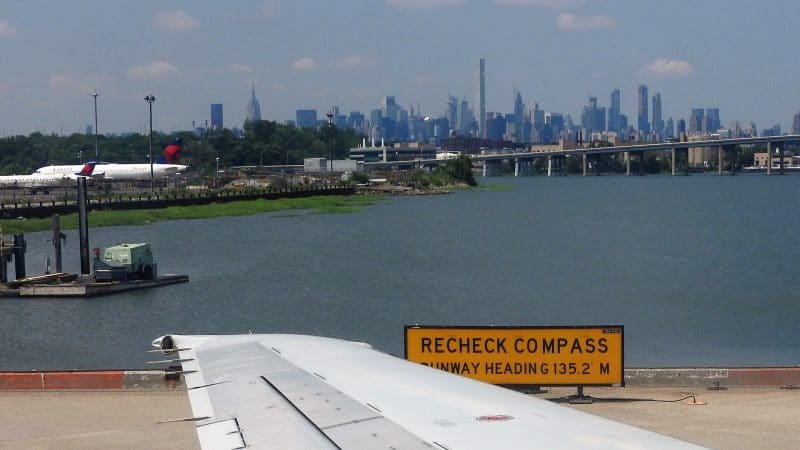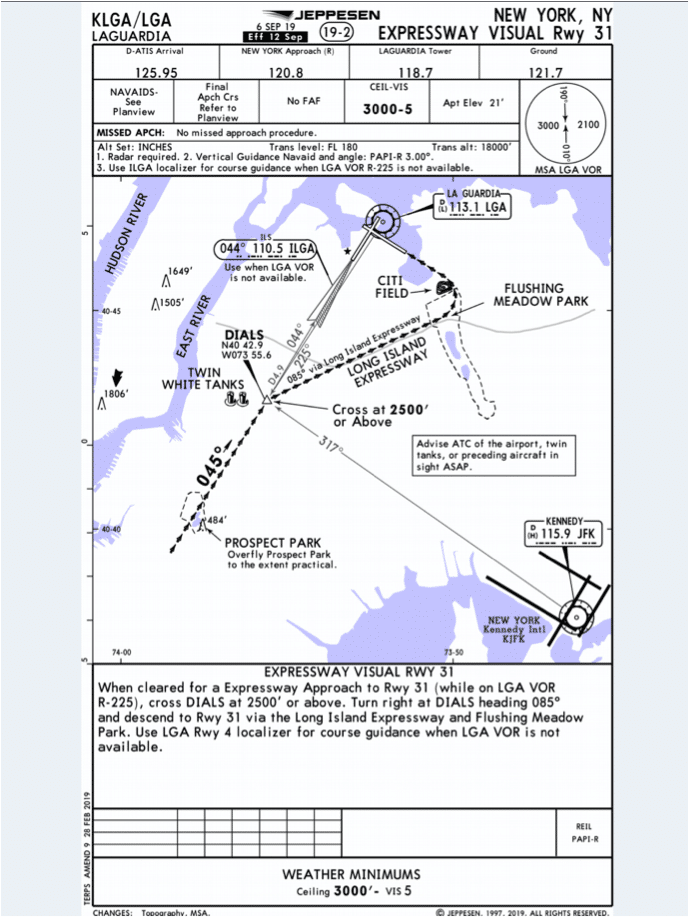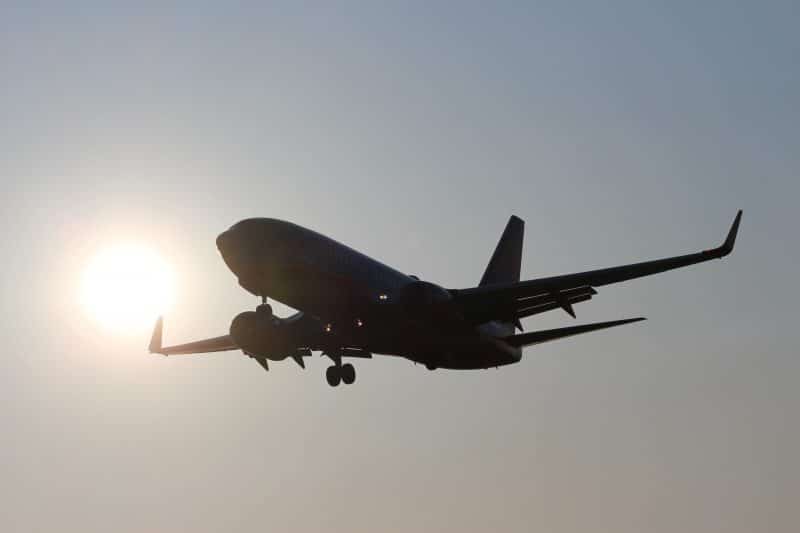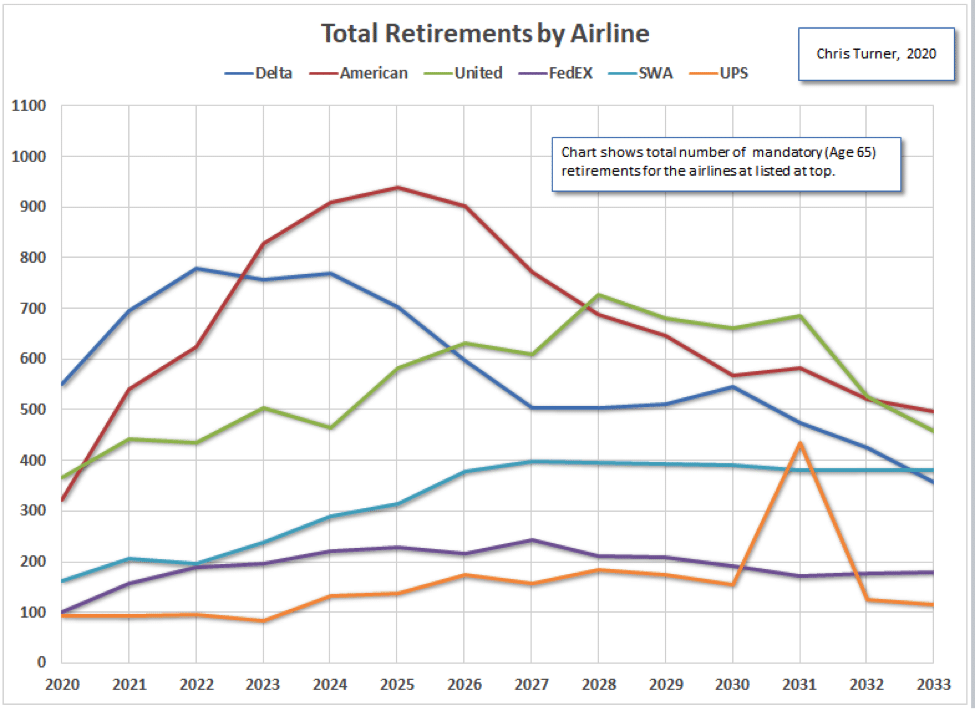Bloomberg reports that the iconic Queen of the Skies program to end after 50 years of production
Rumors were rippling across the industry that the end is within sight for production of the Boeing 747. On Thursday, July 2nd, Bloomberg reported that the Boeing 747 is dead—killed off by more efficient 2 engine competitors, an economic downturn, and a trend towards mid-sized jets for long routes..
Nothing short of icon status, the design represents a different age and mindset in commercial airline travel. The 747 was considered the most successful wide-body aircraft delivered, until surpassed by the 777, which entered service (by United Airlines) in 1995.
Nowadays, commercial airline operators are optimizing their fleet with smaller capacity, more fuel-efficient platforms that require less maintenance. Demand for an aircraft as large as the 747, which can carry nearly 700 people, has waned. The aircraft has found a new purpose within the cargo industry, where demand has surged.

The 747 arrived in a competitive era, where bigger was better. Pan Am’s CEO Juan Trippe was seeking an aircraft “at least” twice the size of the 707. Boeing rolled out the 747 — which was 2.5 times the size – and the plane embarked upon its legendary career in Pan Am colors in 1969. Trippe ordered 25, and both PanAm and Boeing set about making strides to match productivity to possibility. The super-sized concept was to “democratize” air travel in terms of affordability; Trippe invented a tiered pricing structure with lower cost fares deemed “tourist class” (which are equivalent to ‘economy class’ seats).
In the 1970’s, Boeing’s 707 and the Douglas DC-8 were the workhorse for commercial passenger travel. How exciting to imagine a time where commercial demand (and passenger excitement) pushed the envelope of bigger/faster. As exciting as this prospect may sound, it crippled Boeing, as the projected cost to build the plane was substantially off the mark. Overeager Pan Am ordered more 747’s than they could afford – a grim mistake that contributed to their eventual demise (although not until 1991, this was a contributing factor).
Given the design’s enormous size, Boeing needed an entirely new facility to support the undertaking – a parcel consisting of a staggering 780 acres. Boeing designed and constructed the new facility in June 1966 in Everett, Washington. It was a harried undertaking of tremendous scale: To date, the plant is still the largest building by volume ever built. Lending to chaos: 747’s full-scale mock-up was built before the factory roof was complete.
A major certification hurdle to clear was safely evacuating 560 passengers from the double-decker design; The FAA mandated the evacuation be complete within a timeframe of 90 seconds. The cumbersome spiral staircase leading to the upper deck area complicated the evacuation process. Slides were implemented for evacuation procedures — but falls on the staircase were not uncommon, according to a former American Airlines employee who worked aboard the plane until the late 1990’s.

The first test flight took place on February 9, 1969, in which the 747 demonstrated overall favorable flight characteristics. Furthermore, the design was resistant to the “Dutch roll” phenomenon that had plagued earlier models of swept-wing jets. Later stages of flight testing revealed a high-speed flutter, resolved by inserting depleted uranium counterweights in the outboard engine nacelles.
The high-bypass ratio engine-to-power, wide-body aircraft design brought forth a new era for Pratt & Whitney. The 747 utilized the JT9D engines, which were put to work in subsequent designs including the 767, Airbus A300 & 310 and McDonnell Douglas DC-10. Production ended in 1990, but to date, more than 3,000 engines have been delivered, with 600 take-offs each day.
On January 15, 1970, First Lady Pat Nixon christened the first commercial 747 at a ceremony at Dulles International Airport. It was an astonishing concept and an intriguing chapter for aviation. But truth be told, the project was a dramatic gamble for Boeing. The scope itself was massive, requiring a team 50,000 employees. From the cost perspective, unthinkable; considering development to production, and the support beyond. In the tedious months leading up to the roll-out, the company was bleeding money, with a debt of nearly $2 billion. In a scramble, Boeing somehow secured desperately needed funding from outside investors. Yet, Boeing pulled it off, and was unrivaled in passenger aircraft production for many years.
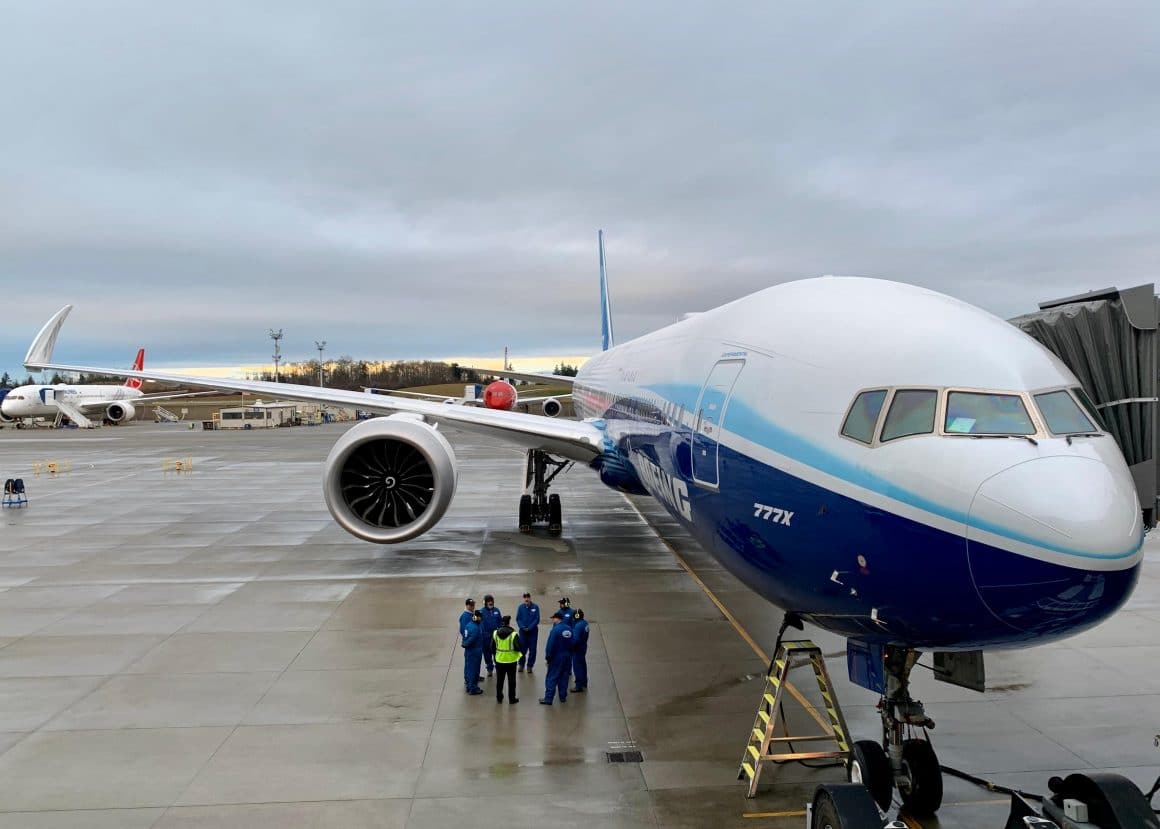
To date, Boeing has built 1,557 of the wide-body jets, with 15 more orders on the books (this equates to about two years to fulfill existing orders). But that appears to be the end of production, although demand will keep existing models (primarily cargo versions) flying for years to come. The 747 was the first true jumbo jet, a visionary and legend of a truly boundless era for dreamers and doers alike.
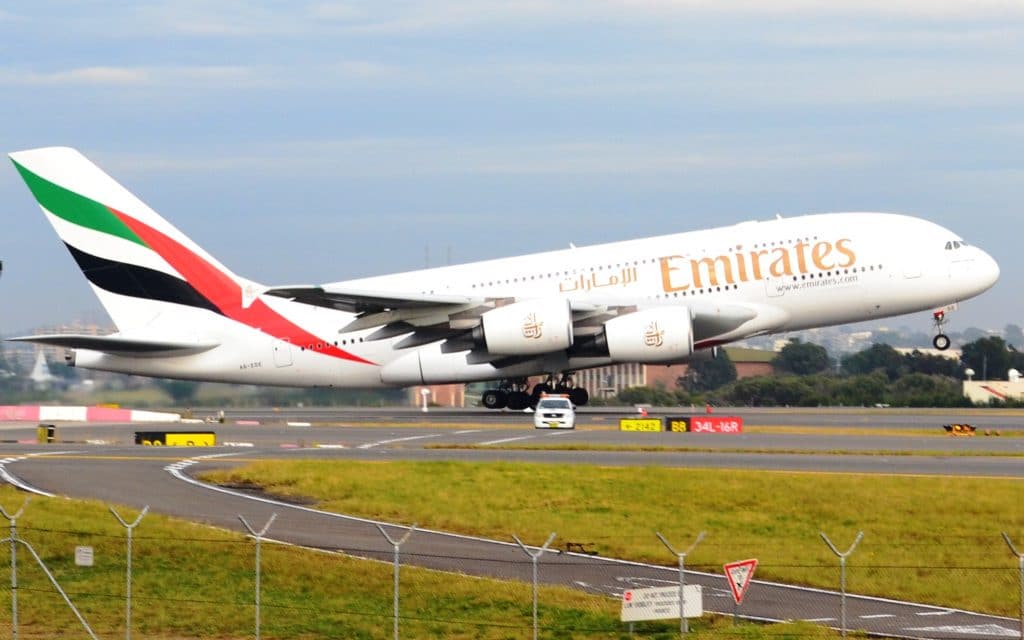
Competitor Airbus terminated the A380 in 2019 because demand for very large passenger aircraft has dwindled. The program was projected to produce 1,200 A380’s, but just 300 were delivered. Newer, smaller platforms, such as the Boeing 737, have superior capabilities with advantages of efficiency and reduced operating costs. Air carriers have waved off the antiquated vision that led to the 747 and jumbos like it; the modern market drives a different mission profile and therefore, smaller planes to suit.
While unfortunate to see an era come to pass, it is not without a great deal of respect and pride. The 747 shines, especially when compared in scale to its evolutionary ancestor: the 707. It took a great deal of heart and courage to dream it, design it and build it, and then to fly and operate for a span of fifty years.

